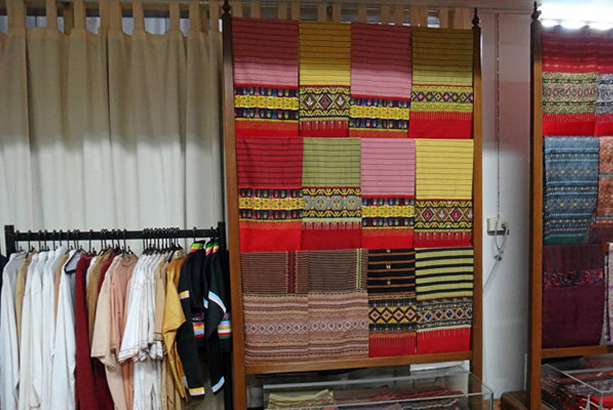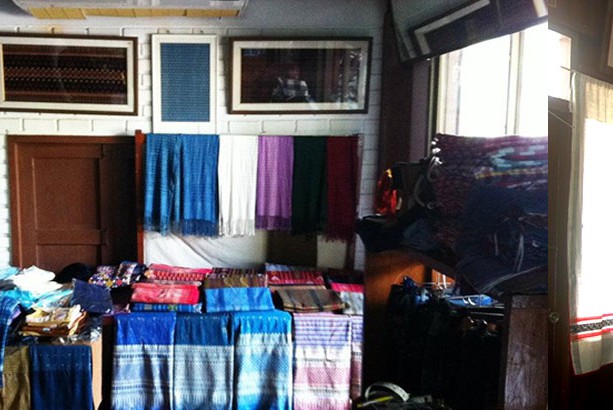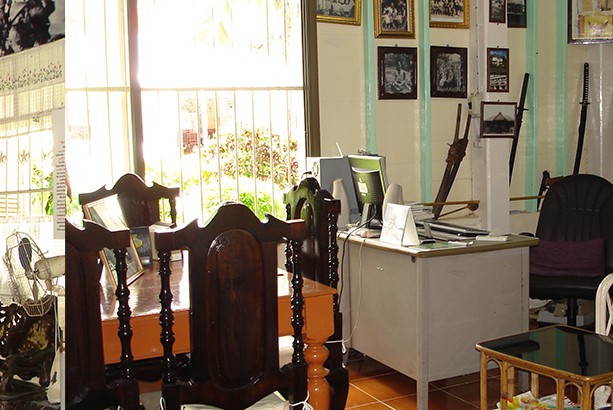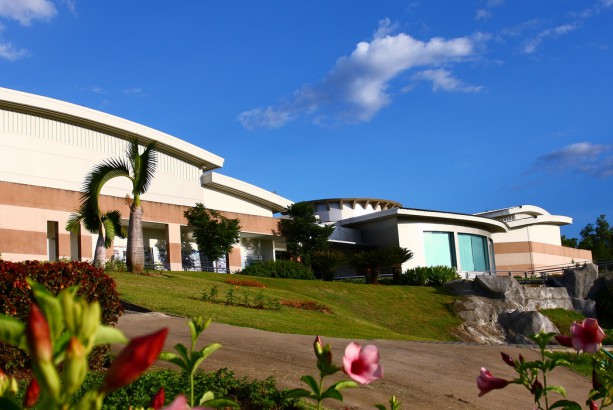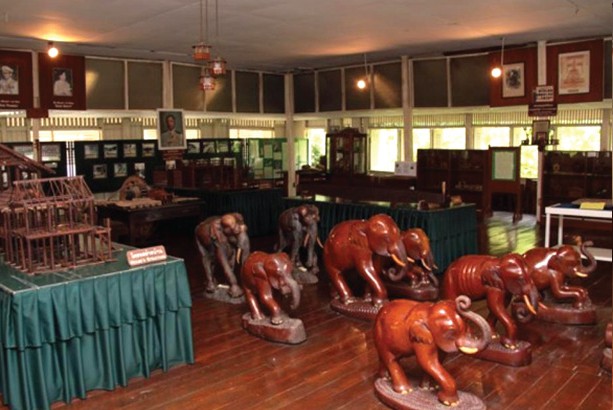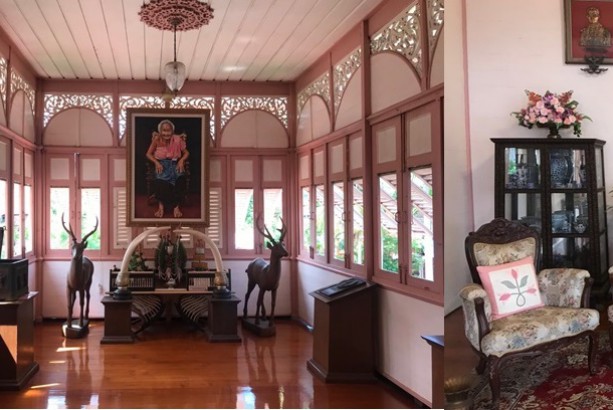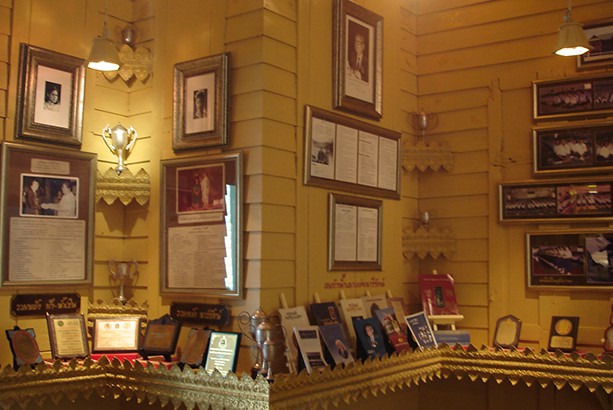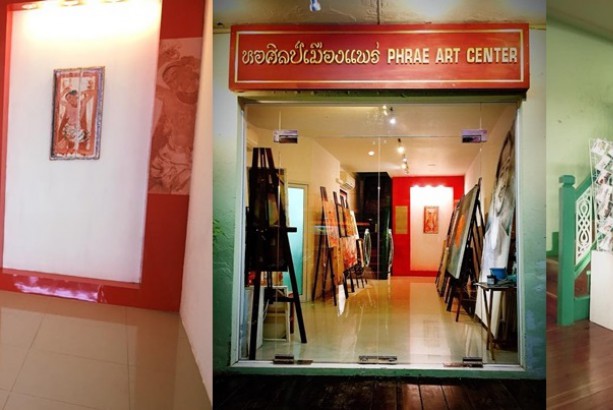Gallery
Information
Wat SaLaeng, an old temple in Long District, Prae Province, is believed to have been built in the Dvaravati period. In later times, it was much neglected, then completely deserted for almost 30 years. Phra Kru Wijitnawakarnkosol (or Kru Ba Somjit) and Phra Kru Silasangwarapirat had it renovated in 1963; and on September 30, 1984 the Ministry of Education proclaimed Wat SaLaeng a temple, with some monks living there. Two years later, the temple was granted its sacred temple boundary by the king. Salaeng, the name of a wild flower is a perennial, white-colored flower. Flower is like a peep or kasalong flower in the northern. The reason that the Salang Temple uses this name . In the pre-Buddhist era, when the Buddha came to Don Saleng or Saleng or Kaew Don Mun or Don Salang Luang . Ruler and villagers offered their food .After the Buddha finished his breakfast , queen of city brought the Saleng flowers to to worship Buddha. Buddha predicted that in the future this place would be enshrined of relics and would be flourish city.
In the present day , Salaeng Flower is difficult to find . the temple was planted behind the temple . You can see beauty of construction and interested points in temple before visiting the museum which the temple preserves and layouts landscapes beautifully. In temple area consists of Phra That Kha Uob Kham that was built around in 557-657 .Old temple is consisted Lanna art, Sing Chamdevi Phra Arch , Sam Phi Nong Arch and the wooden courtyard became a stone. the new Temple is consisted of , Phra Chedi That that renovated by covering old one , Buddha image in Mara and Sukhothai Art . A sermon hall in a monastery is used to display ancient objects and important items of the temple . In the communal hall, unlike those in other temple museums the exhibits are not varied. However, here they are well categorized, and with explanations. Most are Buddhism-related items such as old Buddha images, folding religious, books, bronze Buddha’s footprints, a model viharn, stone alms bowls, religious hangings, sets of 7 essential items a monk needs, charm talisman, cloths with sacred scripts, parts of Buddha images, idols. There are moreover household items such as lacquerware utensils, sword knives, Sangkalok potteries. Taking photos inside the museum is forbidden because many are antique objects. So precautions against theft or robbery must be taken.




 ขยายขนาดตัวอักษร
ขยายขนาดตัวอักษร



 เพิ่มระยะห่างตัวอักษร
เพิ่มระยะห่างตัวอักษร

 เส้นช่วยในการอ่าน
เส้นช่วยในการอ่าน
 เน้นการเชื่อมโยง
เน้นการเชื่อมโยง
 ปรับชุดสี
ปรับชุดสี








 NIGHT AT THE MUSEUM FESTIVAL
NIGHT AT THE MUSEUM FESTIVAL  E-Shopping
E-Shopping 
